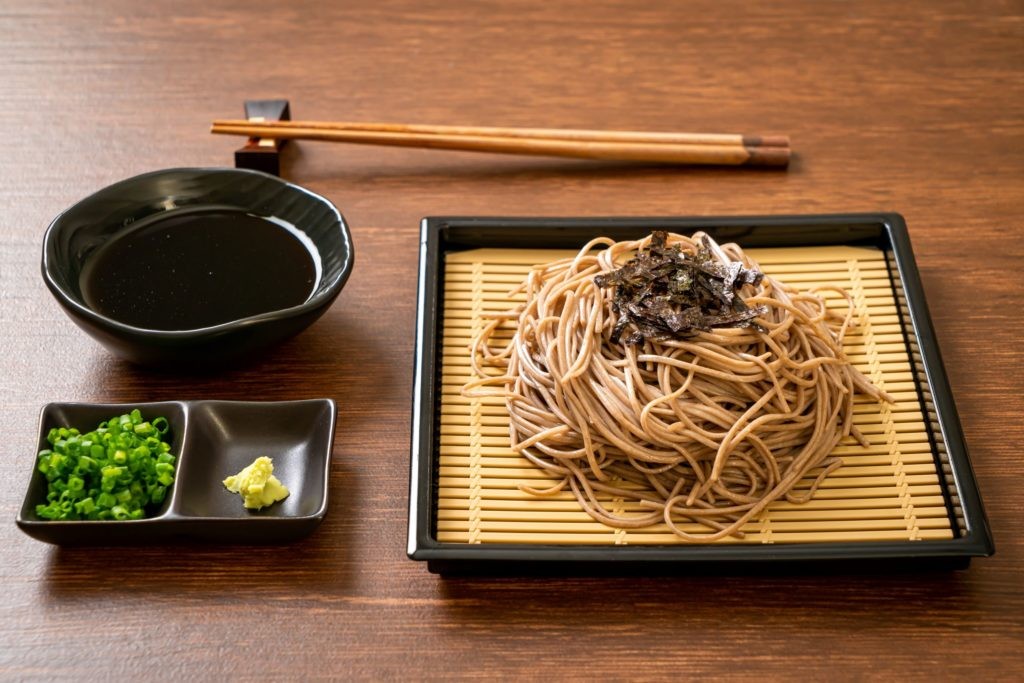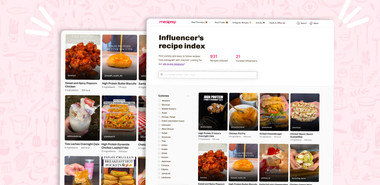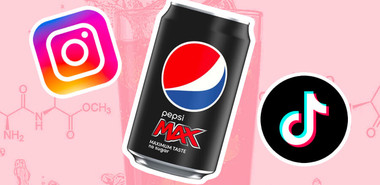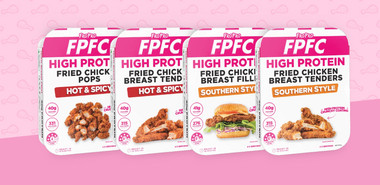Looking for a tasty, low-carb noodle option? Soba noodles, hailing from Japan, are an excellent choice.
Primarily made from buckwheat flour and sometimes whole-wheat flour, they are a lower-carb, lower-calorie alternative to regular noodles (and are enjoyable both hot and cold).
But are they good for weight loss? Here’s what you need to know.
Best Noodles for Weight Loss 👇🏻
When it comes to weight loss, it’s all about calories in vs calories out. You can still eat regular noodles (like Hokkien noodles or Singapore noodles) and lose weight.
However, if you want to eat more volume for less calories, soba noodles are a standout choice. Made from buckwheat, they are not only lower in calories compared to traditional pasta but also rich in nutrients.
Their high fibre content aids in digestion and keeps you feeling full longer, which is essential for managing weight.
Additionally, soba noodles have a lower glycemic index, meaning they won’t spike your blood sugar levels, a crucial factor in weight management.
Soba Noodles Calories Vs Other Noodles 👀
Below is a comparison of the nutrient profile of 100g of soba noodles, konjac noodles, Hokkien noodles and Singapore noodles.
| Nutrient | Soba Noodles | Konjac Noodles | Hokkien Noodles | Singapore Noodles |
|---|---|---|---|---|
| Calories (kcal) | 99 | 10 | 200 | 138 |
| Carbohydrates (g) | 21.44 | 3 | 25.9 | 14.8 |
| Fat (g) | 0.1 | 0.5 | 7.3 | 4.7 |
| Protein (g) | 5.1 | 0 | 6.4 | 5.1 |
| Fibre (g) | 1.3 | 4 | 1.9 | 1.8 |
As you can see, konjac noodles are certainly the lowest in calories and carbs.
However, while Konjac noodles have been popular for their near-zero carbs and high dietary fibre, they often fall short in flavour and can cause digestive discomfort due to their high water-absorbent nature.
Meanwhile, soba noodles come in second overall in lowest calories while also offering the benefit of having a good amount of protein and fibre.
Are Soda Noodles Healthy? 🍎
Soba noodles are a healthy option for many diets. They’re lower in calories and carbohydrates compared to regular pasta, making them a good choice for weight management.
The high fibre content in buckwheat helps in digestion and can keep you full longer. Soba noodles are also a source of essential nutrients, including protein and several minerals.
They provide a balanced nutritional profile, especially when compared to white rice or regular wheat pasta.
Additionally, their low glycemic index makes them suitable for people with diabetes or those trying to maintain stable blood sugar levels.
Pros & Cons of Soba Noodles 👉🏻
| ✅ | ❌ |
| Lower Calories and Carbs: Soba noodles have 99 calories per 100 grams, compared to 158 calories in the same amount of cooked spaghetti. Minimally Processed: They contain fewer than 4 ingredients, highlighting their simplicity. Low Glycemic Index: With a GI of 46, they are suitable for individuals with diabetes or those trying to lose weight. Nutrient-Rich: They contain all 8 essential amino acids, offering a more balanced nutritional profile than white rice or wheat. Great Taste: They offer a delicious alternative to vegetable-based noodles like zucchini noodles and spaghetti squash. Quick Cooking: Ready in under 10 minutes, they are a convenient meal option. | Cost: Soba noodles are more expensive, costing about 67 cents per 100 grams, compared to 20 cents for regular pasta. Lower in Fibre: With 3g of fibre per 100g, they have less fibre than whole-wheat pasta (5g per 100g) but more than regular pasta (1.8g per 100g). Cooking Sensitivity: They can easily overcook within 3-5 minutes, potentially becoming mushy and losing their nutty taste, requiring some practice to perfect. |
What Do Soba Noodles Taste Like? (& How to Cook With Them) 👩🏻🍳
Soba noodles have a distinctly nutty and earthy flavour, with an overall chewy texture.
You can cook in many ways with soba noodles – but they are particularly delicious in broths and soups. Soba noodles are also often served chilled with a dipping sauce called tsuyu.
Some popular ways to eat soba noodles include:
- Zaru Soba: chilled soba with seaweed (nori)
- Tororo Soba can be served chilled or hot with grated yams (Nagaimo)
- Kake Soba is soba noodles in a hot, clear broth.
- Kitsune Soba includes soba noodles in a warm, clear broth topped with fried tofu sheets and aburaage (twice fried soybeans)
- Sansai Soba includes a broth with cooked, wild vegetables and soba noodles.
- Kamo Nanban Soba is a more filling and rich dish with duck meat and green onion.
Alternatively, you can use soba noodles as part of a stir-fry. My personal favourite, is miso-marinated tofu and eggplant over soba noodles.

Are Soba Noodles Gluten Free? ❌🌾
Soba noodles are not always gluten-free. Traditionally, they’re made from buckwheat, which is naturally gluten-free. However, many soba noodles on the market are a blend of buckwheat and regular wheat flour, which contains gluten.
For those with celiac disease or gluten sensitivity, it’s crucial to check the packaging for 100% buckwheat soba noodles or those labelled as gluten-free. Pure buckwheat soba noodles are a safe and delicious alternative for gluten-free diets.
How to Meal Prep With Soba Noodles ⏲️
- Cook in Advance: Boil the soba noodles according to package instructions, then rinse under cold water and store in the fridge.
- Separate Portions: Divide the noodles into individual serving sizes for easy access during the week.
- Prepare Sauces/Dressings: Make your favorite sauces or dressings in advance and store them separately to keep the noodles from getting soggy.
- Chop Veggies: Pre-cut vegetables like carrots, bell peppers, or cucumbers and store them for quick salad or stir-fry additions.
- Protein Prep: Cook and slice proteins like chicken, tofu, or boiled eggs and refrigerate for easy meal assembly.
- Quick Assemble: Mix noodles, protein, veggies, and sauce for a quick meal.
- Store Properly: Keep everything in airtight containers to maintain freshness.
- Cold or Hot: Enjoy soba noodles cold in salads or warm them up for a hot dish.
- Garnish Options: Keep garnishes like sesame seeds, green onions, or seaweed on hand to add flavor and texture.
- Flexible Combinations: Experiment with different combinations of proteins, veggies, and sauces for variety.
Soba Noodles FAQs
Are Soba noodles low carb?
Soba noodles are not considered a low carb food. There is 21g of carbohydrates in 100g cooked soba noodles. However, they are a lower carb alternative to pasta that has on average 31g carbohydrate per 100g.
What are soba noodles made of?
Soba noodles are made from simple ingredients; buckwheat flour, water and occasionally wheat flour and salt.
Are soba noodles fattening or good for weight loss?
Soba noodles can help with weight loss as they are satiating and low GI when served with a broth – keeping your energy levels and blood sugar levels stable.
Are soba noodles better for you than pasta?
Health-wise, soba noodles are superior to regular pasta as they are lower in carbohydrates, calories, and low GI. They are similar to whole-wheat pasta.



